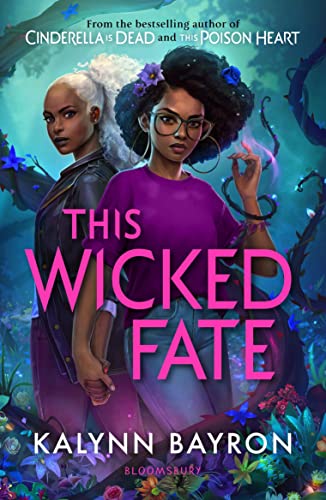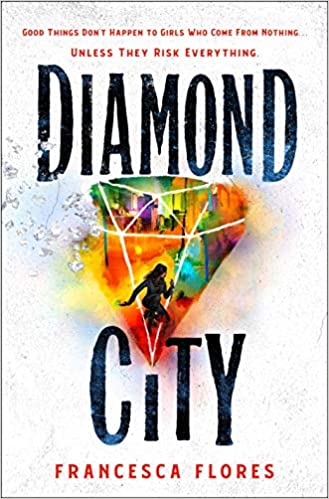Buy this from Bookshop.org to support local bookstores and the Lesbrary! Alexis and her five friends share a secret—they all have magic powers. On prom night, Alexis’s magic goes wrong and a boy ends up dead. Now, the six teens have to keep this a secret as they try to make things right. Bonds areRead More
Maggie reviews This Wicked Fate by Kalynn Bayron
Amazon Affiliate Link | Bookshop.org Affiliate Link This Wicked Fate by Kalynn Bayron is the sequel to This Poison Heart, her gothic YA fantasy filled with Black girl magic, Greek mythology, and impressive action. This book picks up directly after This Poison Heart and deals with Briseis trying to grapple with the events and betrayals of the last book. Faced withRead More
Danika reviews Sweet & Bitter Magic by Adrienne Tooley
Amazon Affiliate Link | Bookshop.org Affiliate Link Tamsin is a 17-year-old witch who was banished from her community of witches when she was 12, for committing the worse of magical crimes. Worse, she was cursed, and now she can’t feel love unless she takes it from others. Without love, she can’t see colors, taste food,Read More
Maggie reviews Girls of Storm and Shadow by Natasha Ngan
Amazon Affiliate Link | Bookshop.org Affiliate Link I am always excited for queer fantasy, and I enjoyed the first book of the series – Girls of Paper and Fire – so I was quite excited to get to Girls of Storm and Shadow. Lei and Wren had been through so much in the first book,Read More
7 Young Adult Sapphic Books With Latinx Representation
The sapphic spectrum runs far and wide, which is why it’s important to remember to add a little diversity to your reading list. You may have missed some of these spectacular reads as your never-ending TBR pile grows. Diamond City and Shadow City by Francesca Flores Two for one! The first book in the DiamondRead More
Shannon reviews Labyrinth Lost by Zoraida Cordova
Labyrinth Lost is the first book in Zoraida Cordova’s captivating young adult series entitled Brooklyn Brujas, and it’s one I didn’t expect to fall head over heals for. In 2019, I picked the book up, but couldn’t seem to concentrate on the story. I eventually put it down, deciding it just wasn’t the book forRead More
Thais reviews Deathless Divide by Justina Ireland
I have had Dread Nation in my TBR list for a while. After Deathless Divide was released, I was even more pressed to check out this duology, even though YA stories about zombies are not exactly something I would normally read. The premise was just too good—after the dead rise during the American Civil War,Read More
Meagan Kimberly reviews “Every Exquisite Thing” by Cassandra Clare and Maureen Johnson
This story is part of a collection called Ghosts of the Shadow Market, another installment that takes place in Clare’s Shadowhunter universe. For those unfamiliar with this world, the short version is this: A race of people with angel blood running through their veins, known as children of the Nephilim, keep demons at bay workingRead More
Danika reviews Of Fire and Stars by Audrey Coulthurst
I haven’t fallen so head over heels for a book in years. Here’s the premise: a YA fantasy book where two princesses fall in love. I mean, there’s a lot more to it. There’s court politics and betrayal and suppressed magic and warring religious factions, but that’s the hook that got to me, and IRead More


